Responsible Land Use
Gallery
Click on an image to see it larger
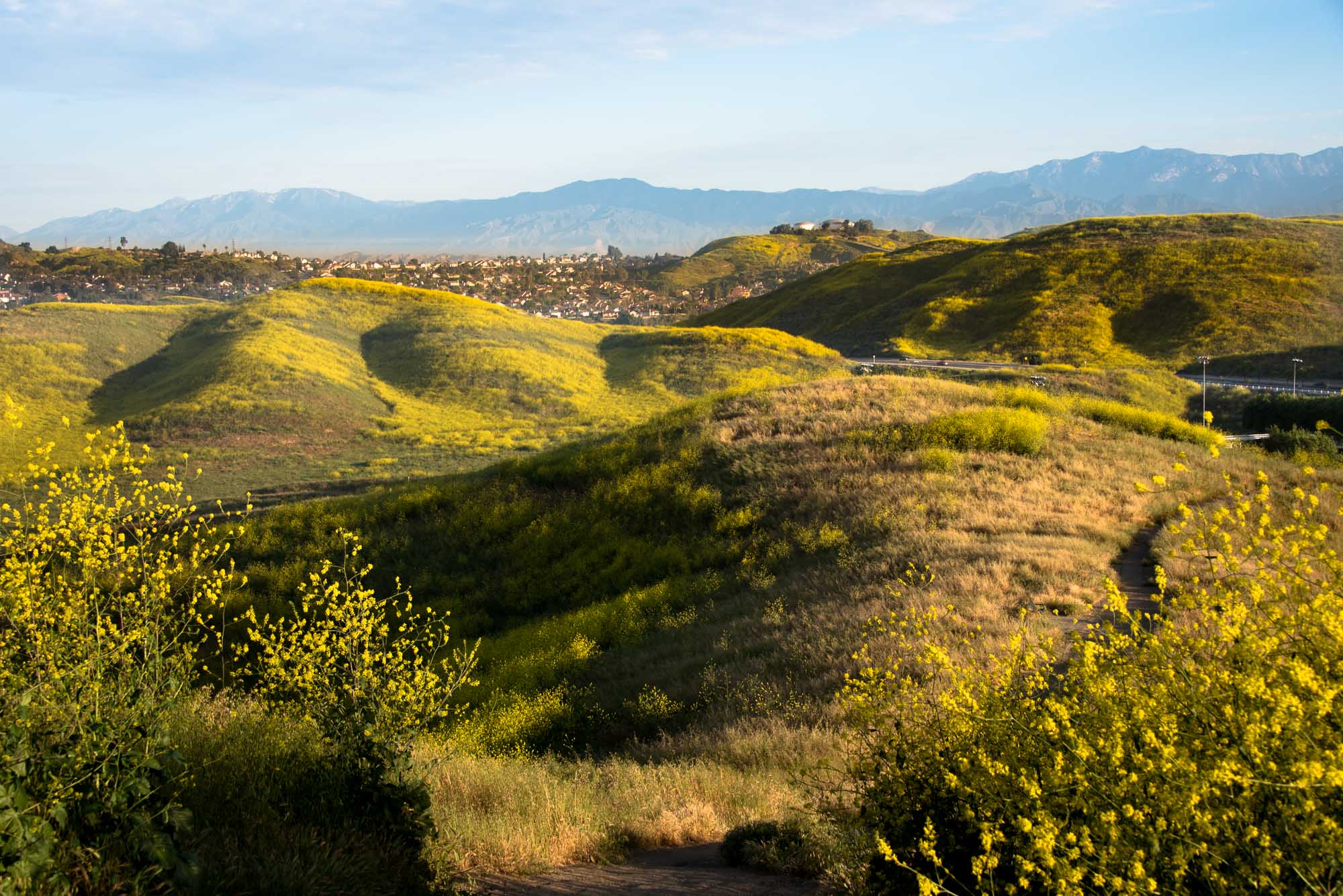
Grand Avenue runs through part of what's left of Tres Hermanos Ranch between Diamond Bar and Chino Hills. Chino Hills has a portion of Chino Hills State park within its city boundary. However, Diamond Bar does not. Adding these hills to Chino State Park would make Diamond Bar into a state park gateway city as well.
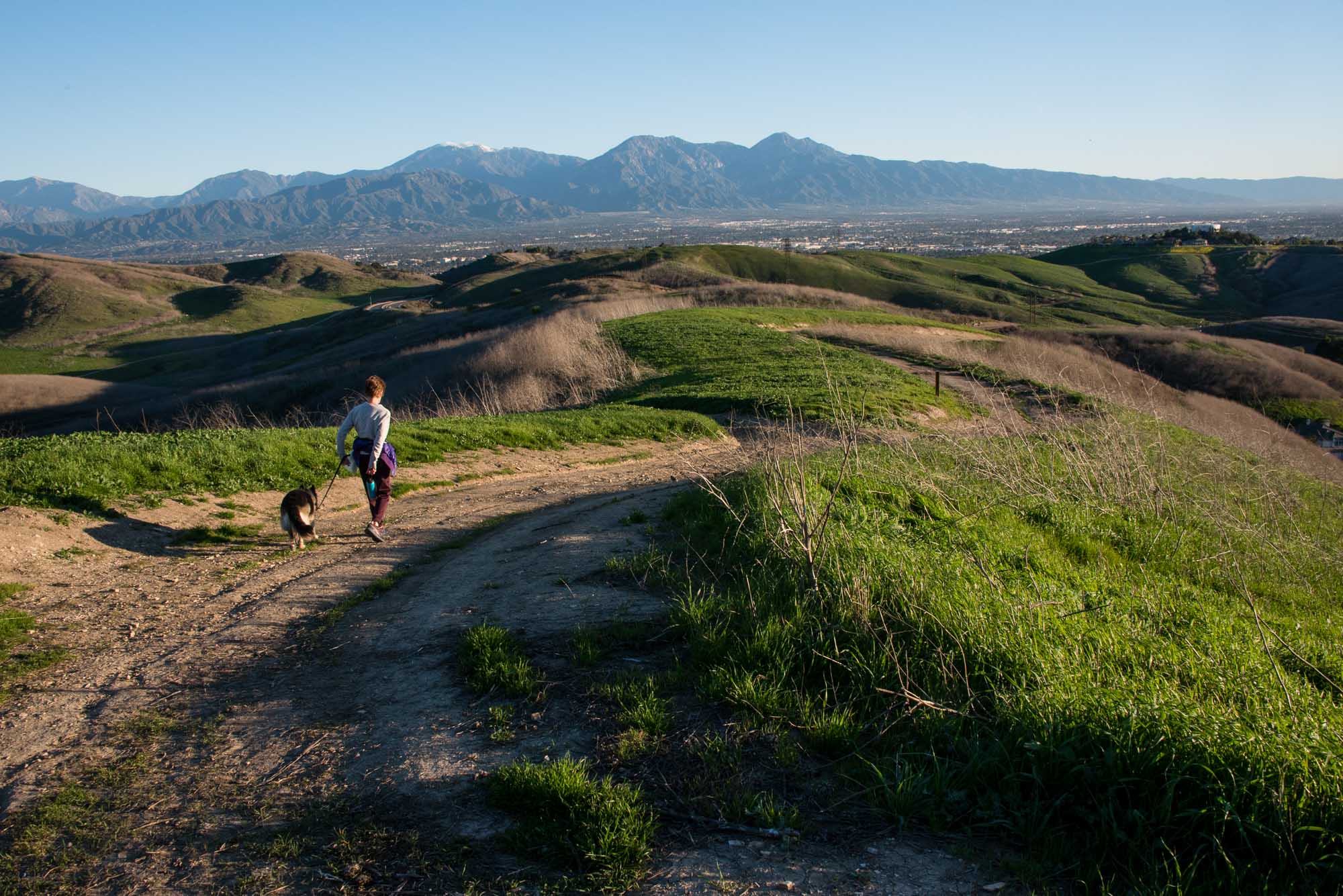
This remaining portion Tres Hermanos ranch, in Upper Tonner Canyon, is easily accessible from both Chino Hills and Diamond Bar. We believe the best use of this land is as a legacy to our future. Because if we allow them to be developed, these natural open spaces will be gone forever. In 20 years, this type of natural open space will be a city's most precious asset.
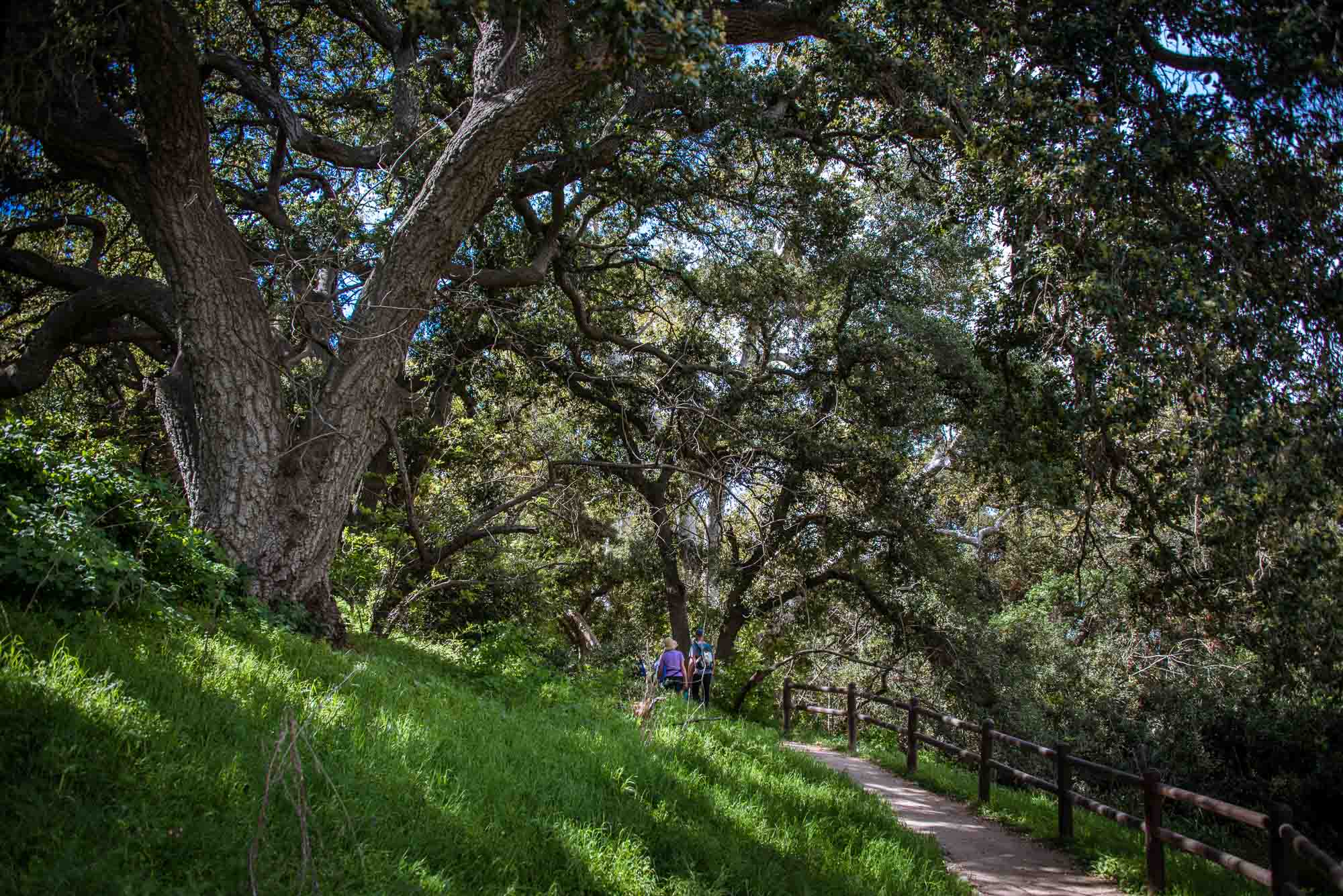
Oak woodland habitat also defines the natural habitat of both Diamond Bar and Chino Hills. This Oak woodland habitat nourished, and protected the area's native inhabitants for thousands of years before the Eurpoeans arrived.
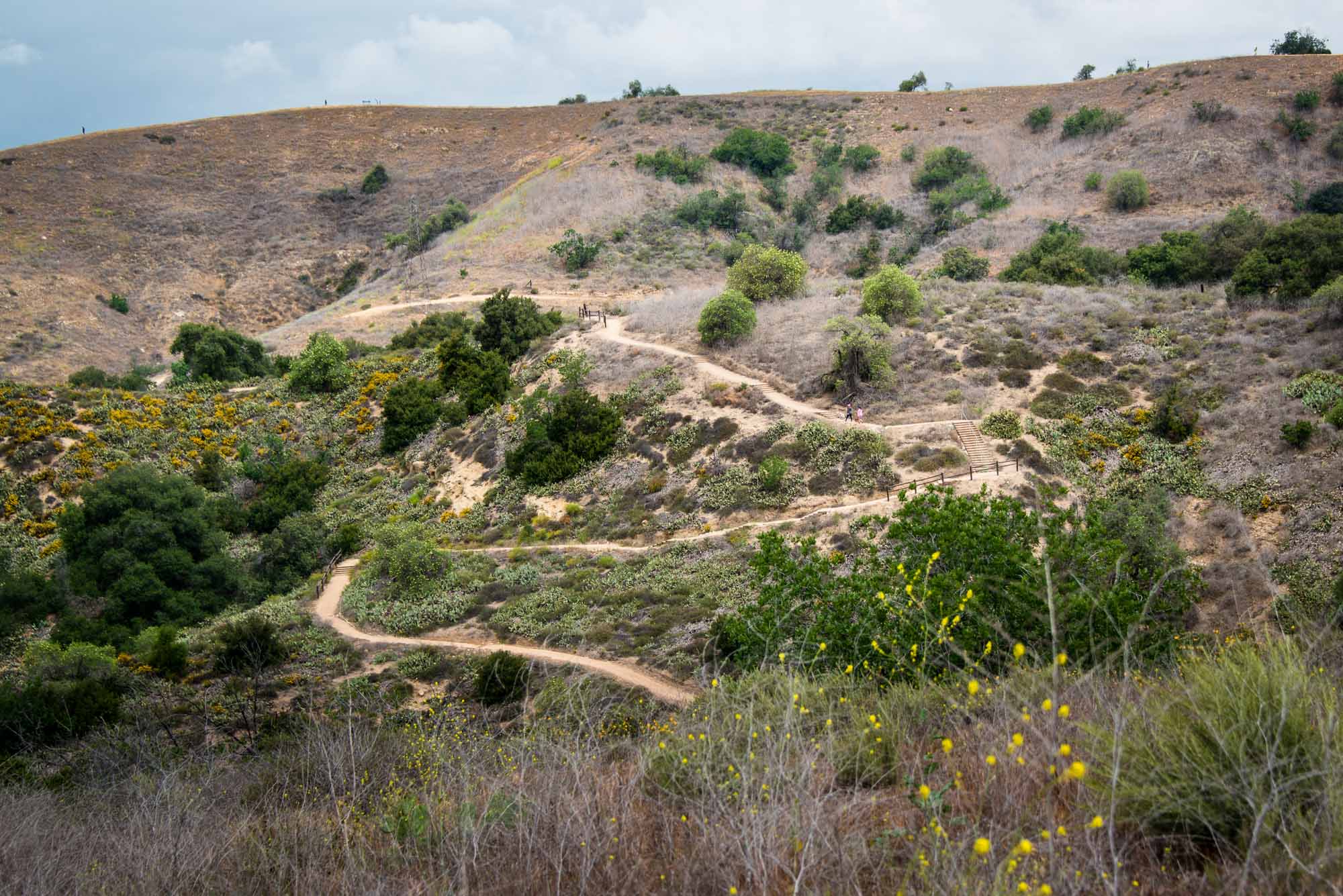
Summitridge Trail area, near Diamond Bar Center, which the newly updated general plan claims is saved in perpetuity, was changed from a planning area, ripe for development, to a designation of open space. That's progress. And we commend the city for taking that step. We will further commend the city when it changes the zoning from housing to open space, making the zoning reflect its newly changed general plan designation.
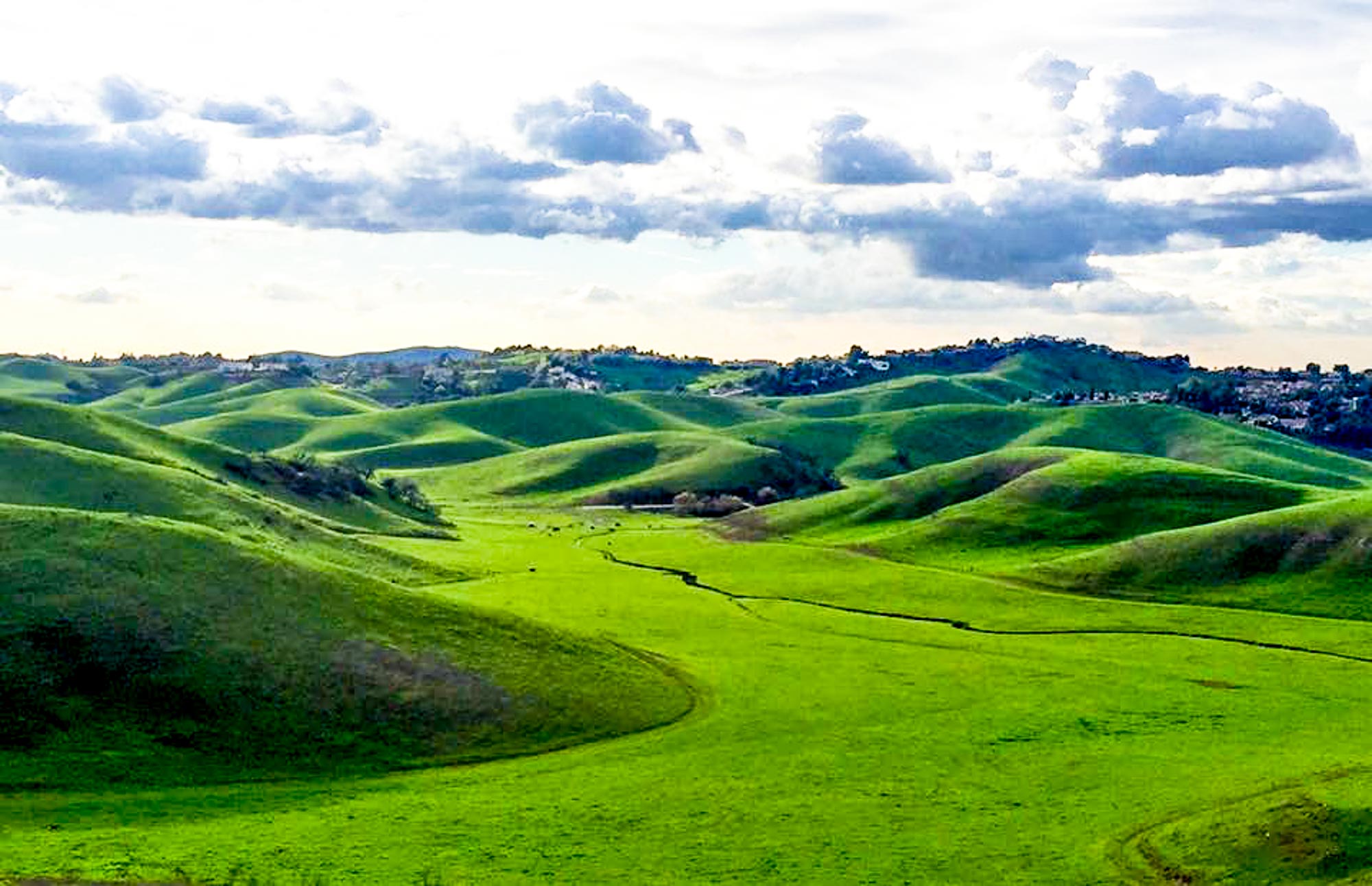
This is a view of the freshwater emerging wetland in Upper Tonner Canyon, part of Diamond Bar's Tres Hermanos Ranch area that was referenced in Diamond Bar's Terrain Map description on the Maps page. As mentioned, these hills have real, identifiable, scientifically proven economic value. And, remember, conservation, by state law, has the same priority as other general plan elements. -by Bev Pollard 2017
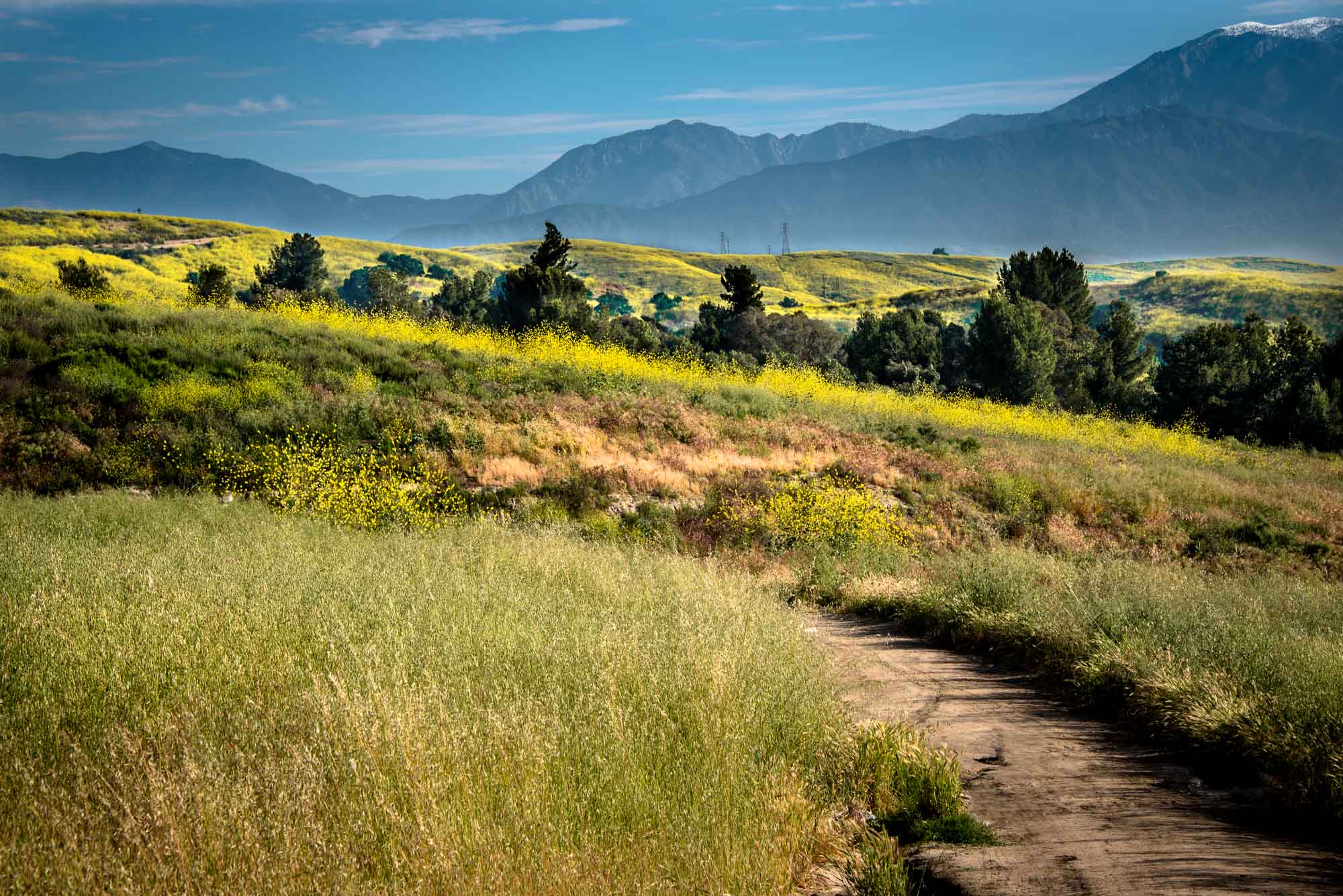
The hills of Tres Hermanos are vast enough to allow visitors the privilege of being totally immersed in what's left of Diamond Bar Ranch's last remaining natural habitat. Try to imagine how you would feel if these hills were bulldozed flat and covered in development. What would that do to your spirit?
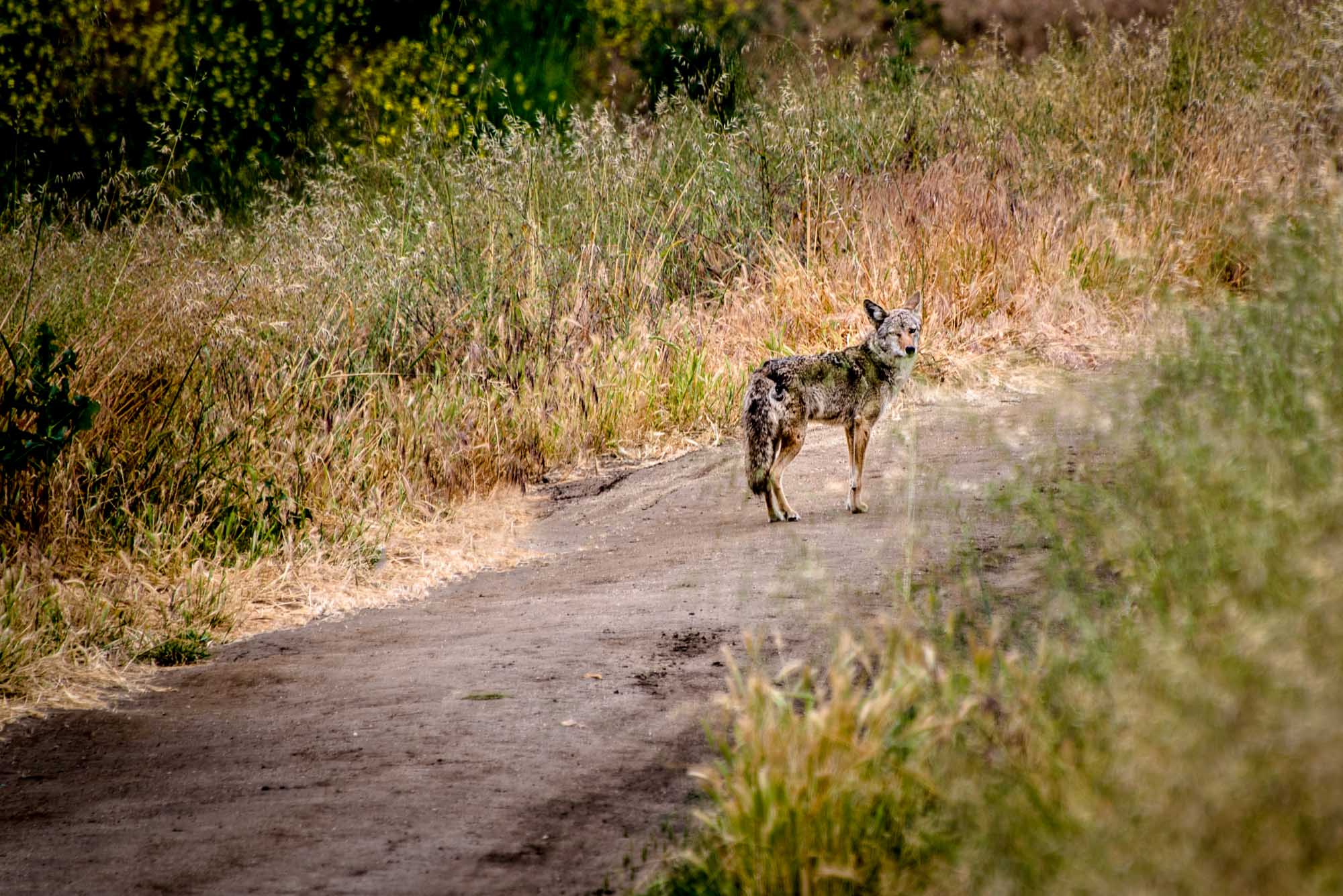
Folks complain of wildlife moving into our neighborhoods. Giving them a natural habitat in which to live helps to keep them out of our yards. Sometimes when all we examine are financial considerations, we fail to recognize many of the important aspects of a well balanced decision. To be clear, we advocate responsible city planning, planning which supports a citizen's quality of life. If we fail to embrace new ways of thinking with our city planning, our quality of life will continue to erode. Is that what we want?
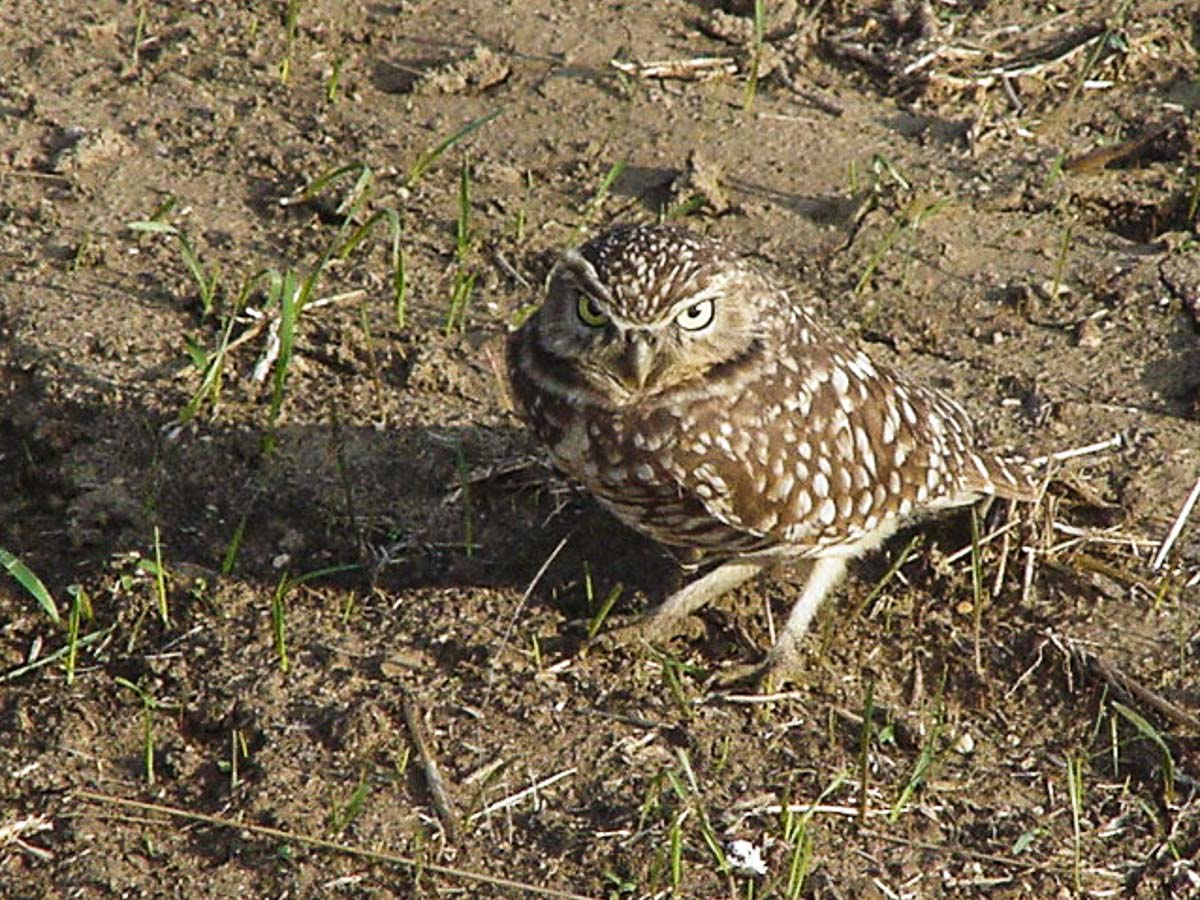
These lands support many different species. Here is a Burrowing Owl. They hunt like other owls, eating insects but also small rodents.
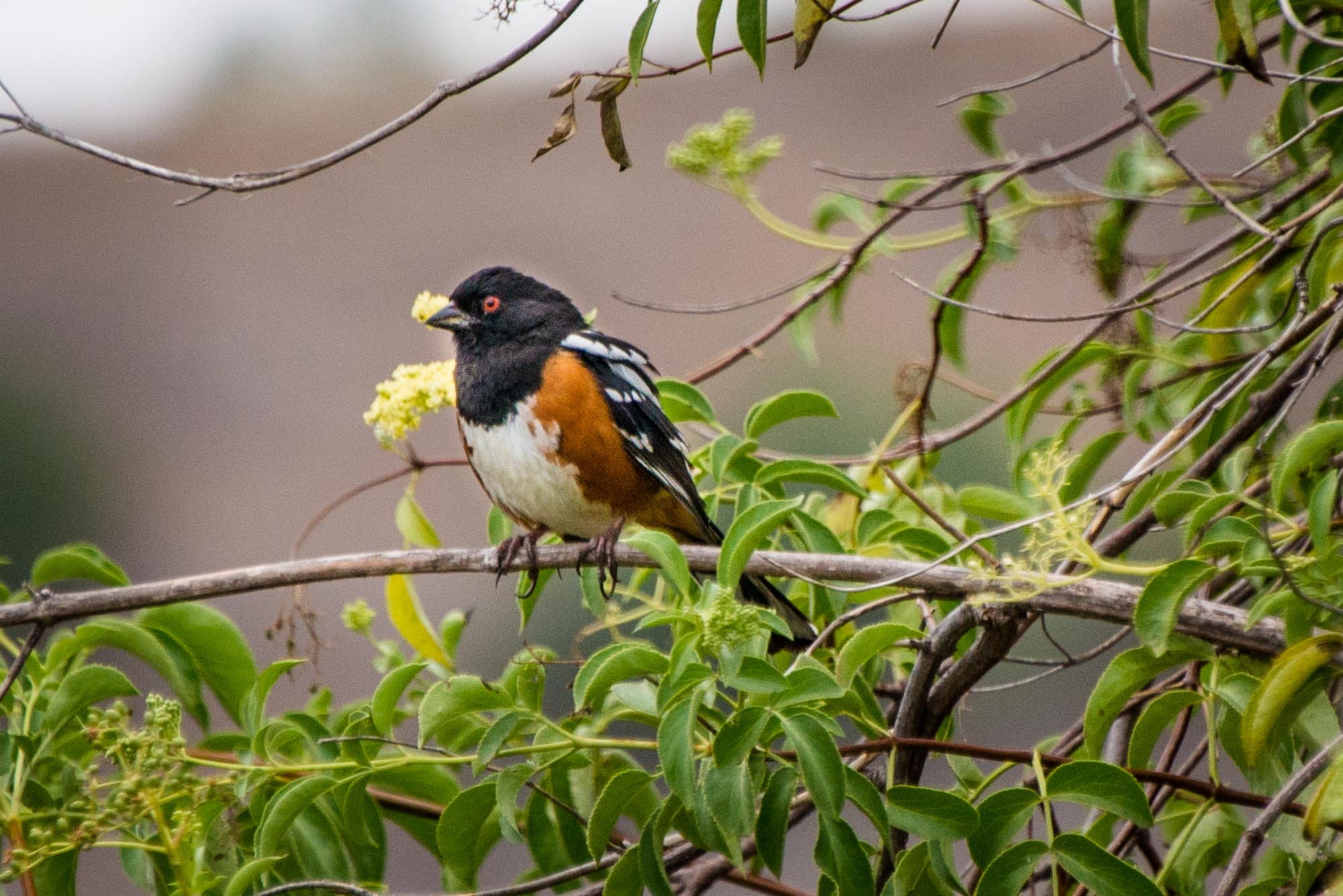
Spotted Towhee, male in Diamond Bar. We have made him the mascot for our page headings.
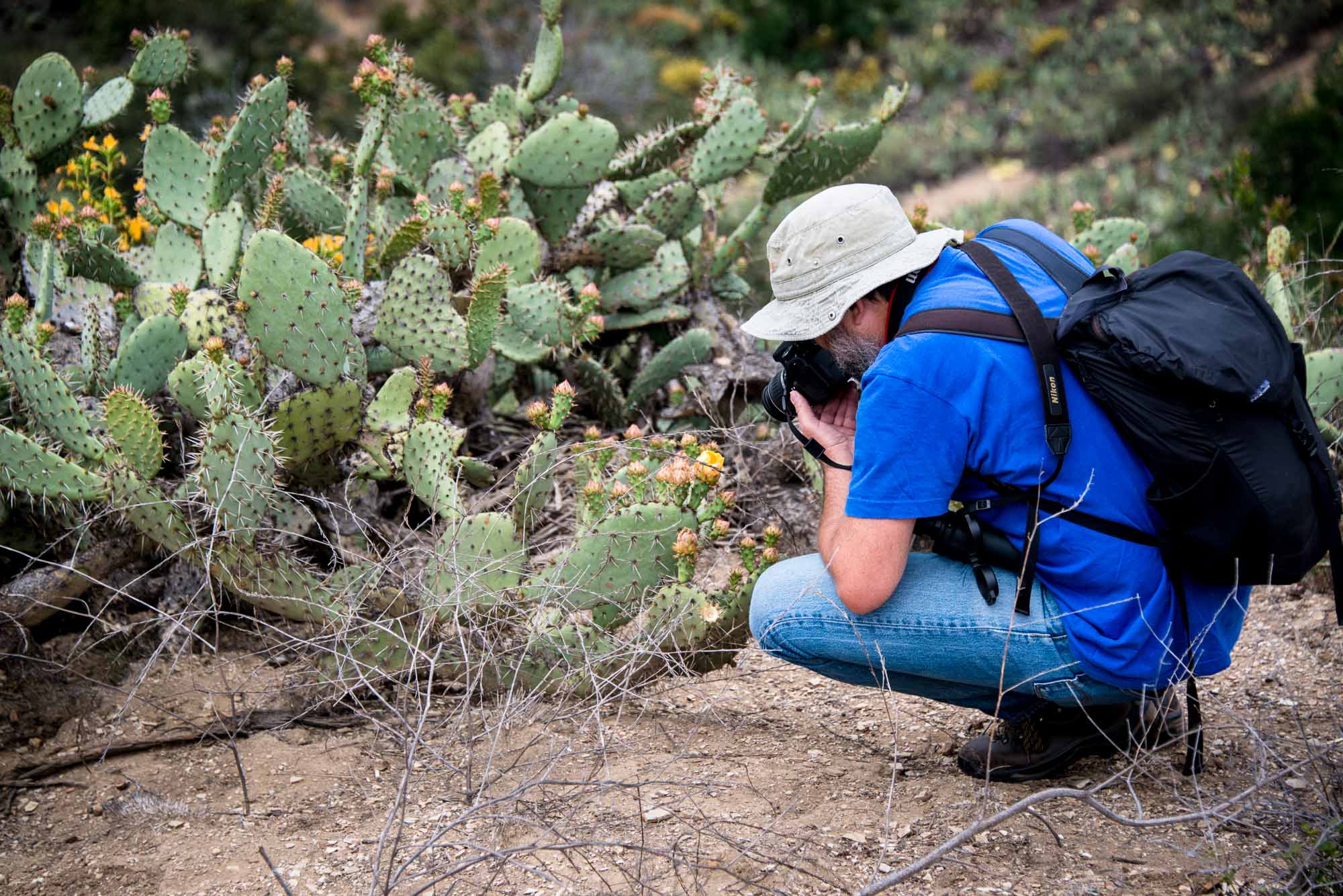
Highly respected state biologists have found numerous scarce and endangered species in lands surrounding the natural open spaces we wish to save. An important next step in the preservation process will be to give them access to the lands we wish to save, and allow them to create a scientific inventory of what the lands actually contain.
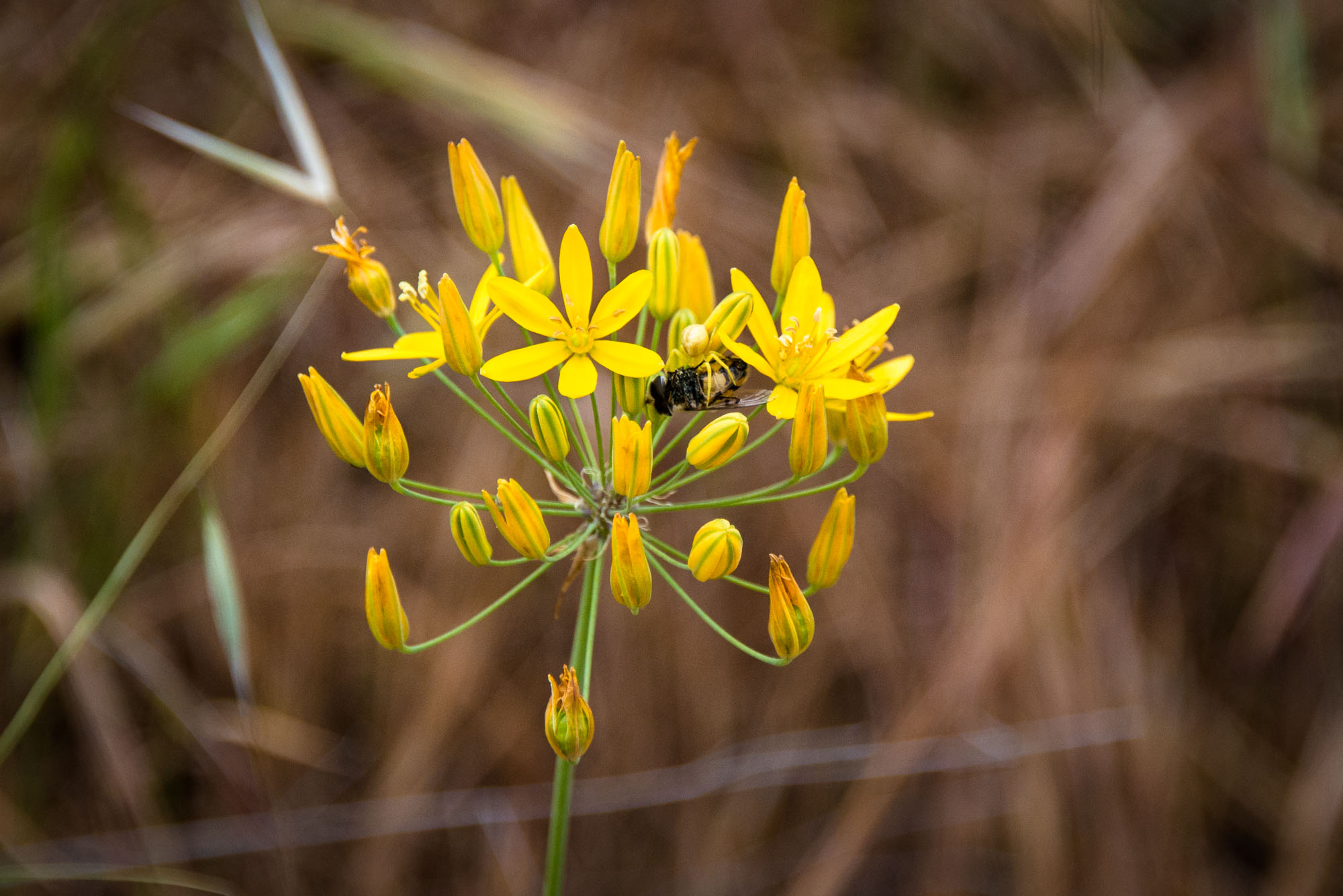
Most folks don't realize just how rich our biological habitat is a Bloomeria clevelandii, which is a perennial herb native to California. And is found only slightly beyond California borders. Read more. Imagine what else respected biologists might find if allowed into the lands we wish to save.
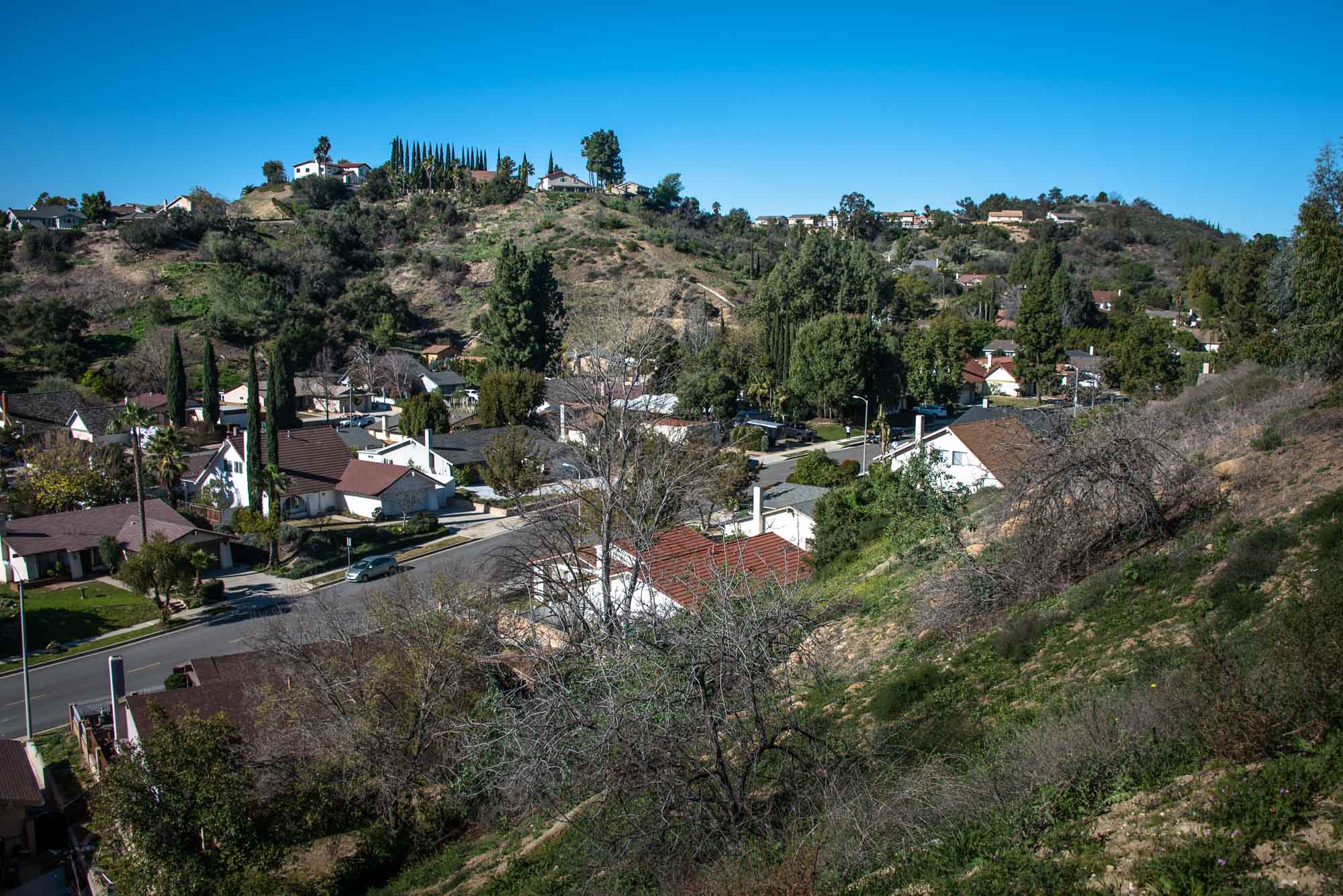
Our rolling hills define the cities of Diamond Bar and Chino Hills. Our hills are our heratige. They are what give our cities their character, and also our sense of "Country Living." Responsible Land Use supports responsible development, development which celebrates our heritage, which works with our topography, instead of against it. Sadly, horrendous development projects, as seen below, have been recently allowed which destroy the very fabric of our heritage. What you see here, built in the 1970's, could be improved, but it's much better than what you'll see below.
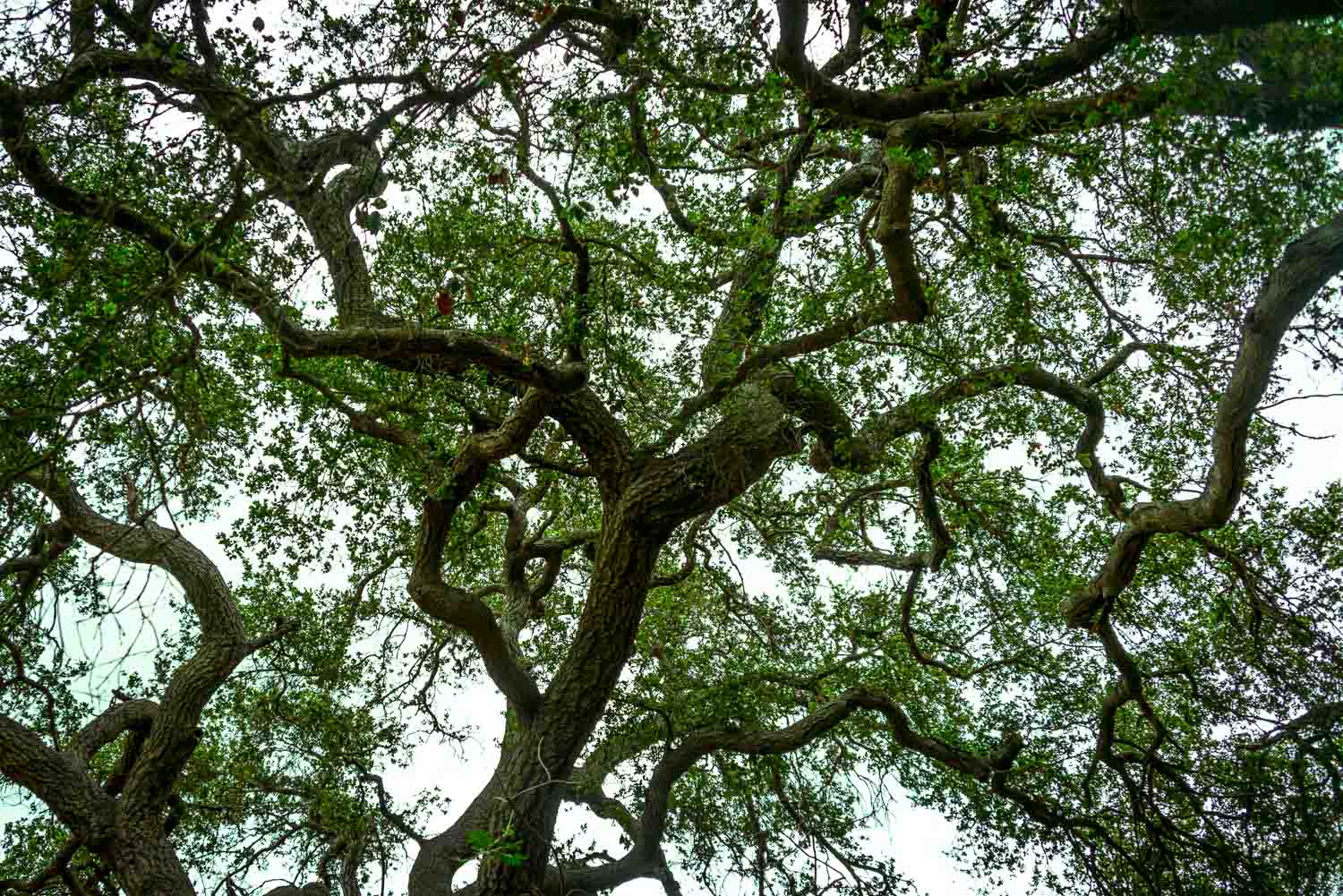
Coast Live Oak habitat is distributed throughout city of Diamond Bar. Other cities have worked hard to save their historical culture. Our historical culture is the remaining natural landscape on which Diamond Bar and Chino Hills were formed. The bottom line question for us is do we wish to support and save our heritage for the future? Or do we wish to bulldoze our heritage like what we see to our left or below?
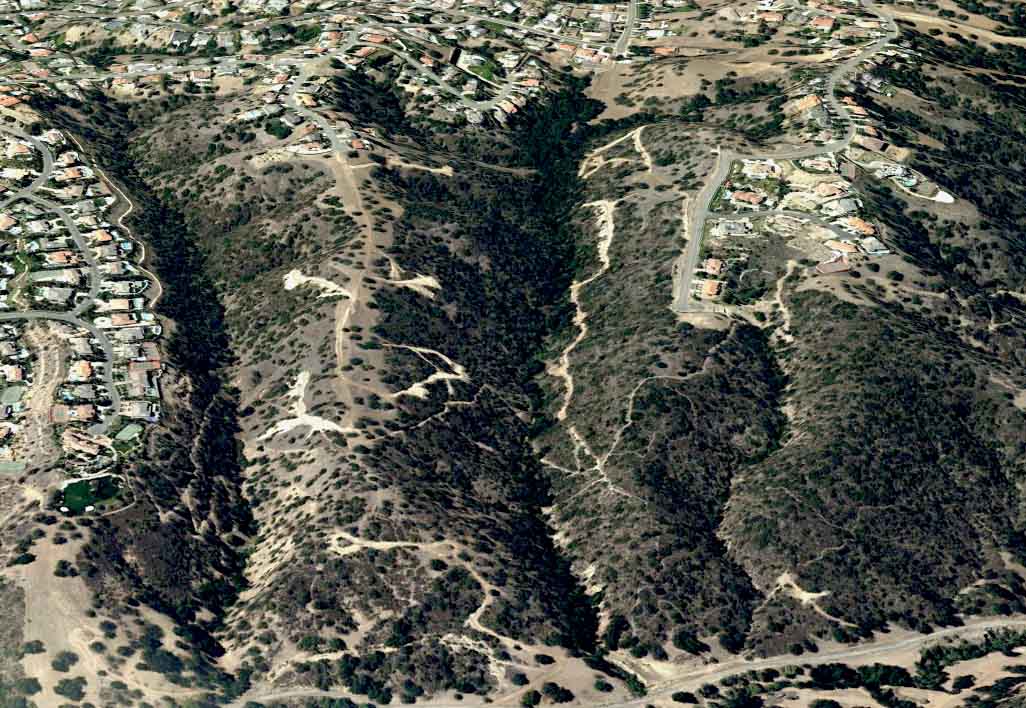
Before: Sadly, horrendous development projects are still being supported by our cities. The Millennium development project in Diamond Bar's Country Estates was approved in spite of huge public objections. Here, you see the original terrain in 2007, before destructive grading occurred. Notice how many hillside trees are still there. Google image, October, 2007
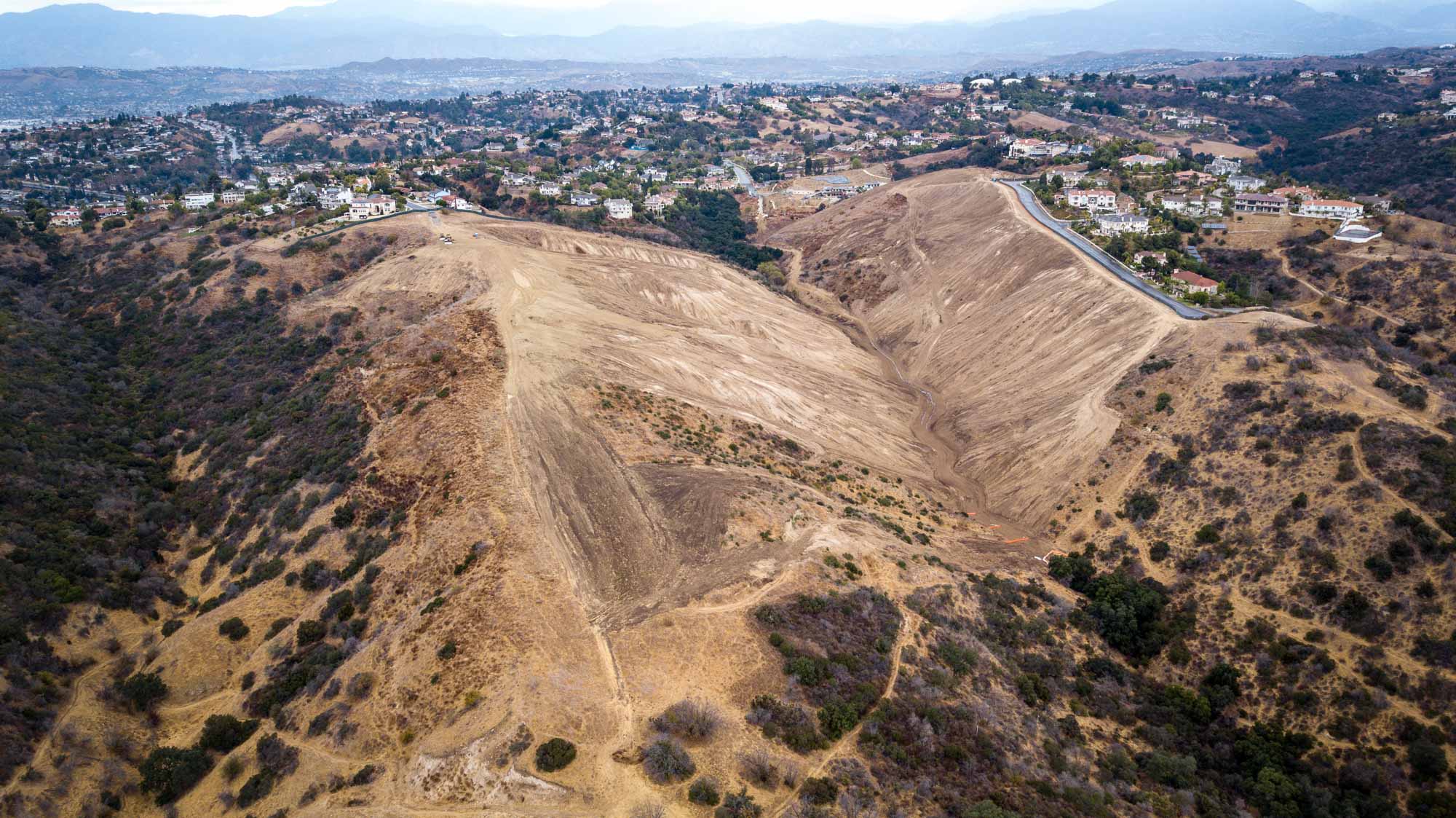
Now: Fortunately, the grading you see above was stopped before they finished flattening the center hill and, filling in the valley to make mostly level housing pads. Developers have destroyed a blue line stream, violated of all sorts of ecological regulations and laws, and are now facing a fine of over 4 million dollars. The development is still supported by the Diamond Bar city planning department. Sierra Club, December 2017